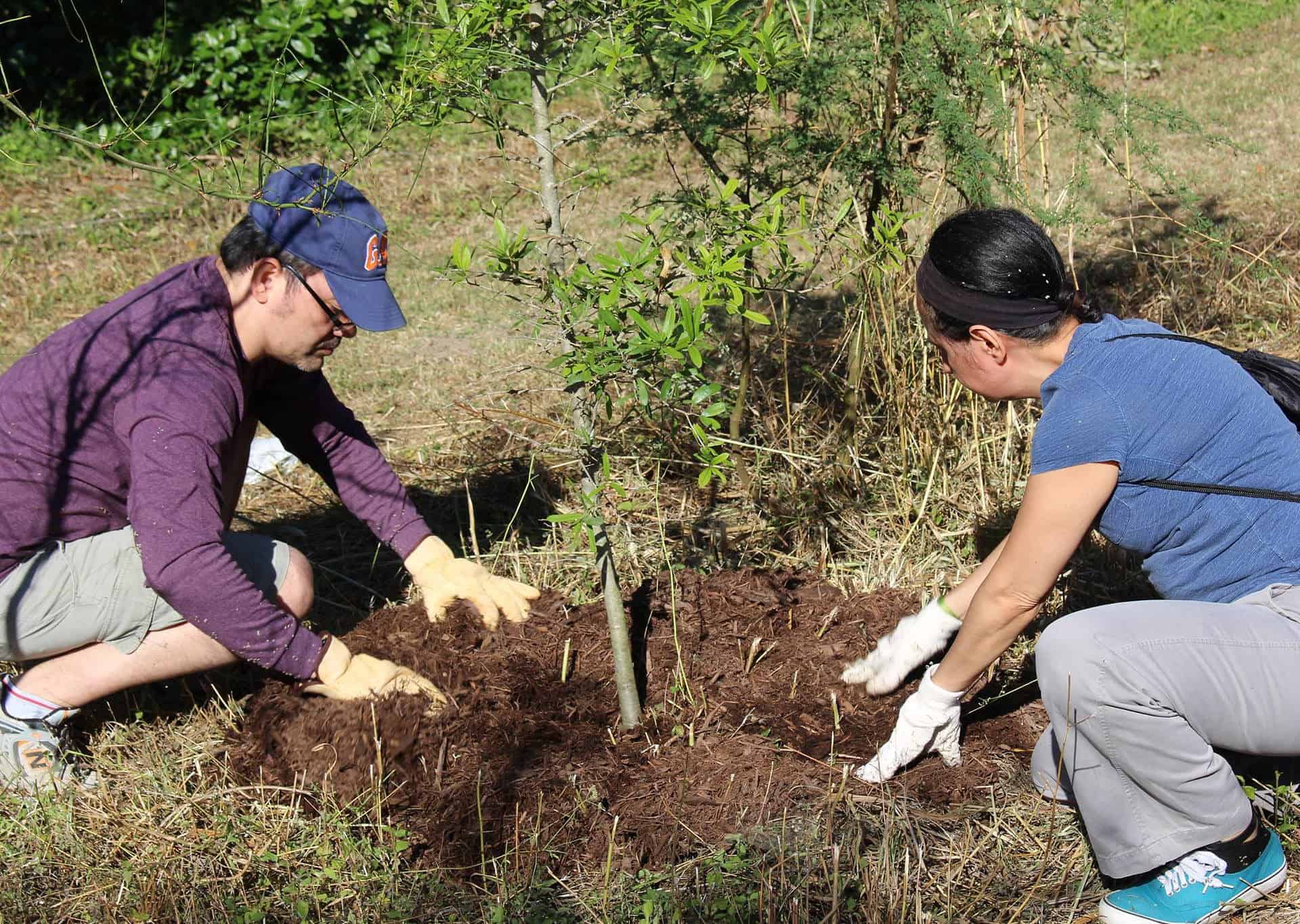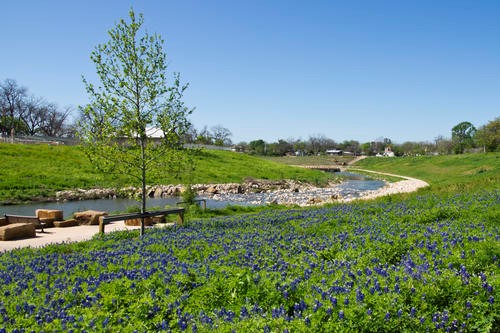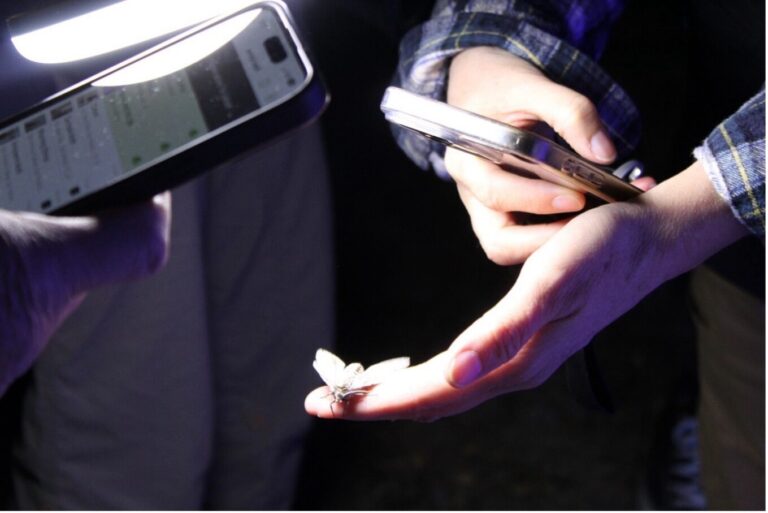Last Updated on March 31, 2023
As part of our commitment to safe, clean, enjoyable creeks and rivers, the San Antonio River Authority (River Authority) proactively advocates for the use of native plants within the San Antonio River Basin and beyond. In addition to providing natural beauty allowing for an ideal photo opportunity along the San Antonio River, native plants provide food and shelter to wildlife that call the river home or may be visiting as the river serves as a primary migration corridor.
Read along as we share how the use of native plants has aided ecosystem restoration efforts and how this has helped improve the population of pollinators within our region.
Use of Native Plants in Ecosystem Restoration Efforts
Native plants play a crucial role in a riparian ecosystem by controlling erosion on the banks of the river. Their long root systems hold soil in place and aid in improving water quality by filtering out stormwater runoff before it enters the river. Native plants also provide food and habitat for native wildlife which leads to increased wildlife in the area.
The Mission Reach Ecosystem Restoration and Recreation Project serves as a great example of how ecosystem restoration efforts can improve the habitat along the San Antonio River through the use of native plants. The project has increased the quality, quantity, and diversity of plants and animals along eight miles of the Mission Reach of the San Antonio River Walk. As part of the project’s design, the Mission Reach project included the restoration of approximately 334 acres of riparian woodland habitat. It involved the planting of over 20,000 young trees and shrubs, 40 native tree and shrub species, and over 60 native grass and wildlife species. The River Authority’s Watershed & Park Operations staff is in charge of maintaining the vegetation as part of its daily responsibilities. Make sure to say hello the next time you visit!
Native Plants and Pollinators
The Mission Reach Ecosystem Restoration and Recreation Project expanded the San Antonio River Walk and transformed the San Antonio River into a thriving ecosystem. The restored river is currently providing a habitat throughout the year for a wide variety of wildlife, including pollinator species. In 2020, in partnership with the Texas Butterfly Ranch and as part of the 2020 Monarch Butterfly and Pollinator Festival, the River Authority participated in a virtual panel. Speakers touched on the importance of native plants and the support it provides towards pollinator and bird diversity. Watch the video to virtually take part in this presentation with prize-winning author Dr. Doug Tallamy titled A Guide to Restoring the Little Things that Run the World.
Get Involved!

There are many ways to get involved. By participating in the Texas Invasives “citizen scientists” program, anyone who detects the arrival and dispersal of noxious or invasive species in their own local areas can report the information, where it’s delivered into a statewide mapping database and is available to entities that can properly address their presence.
You can also become a River Authority River Warrior! River Warrior volunteers help the River Authority’s Watershed & Park Operations team with ecosystem restoration activities like planting native grasses and trees, removing invasive species, pruning, mulching trees, and helping maintain native habitats at Confluence Park or along the Mission Reach.





